Devon: some literary connections
A number of well-known writers had links with the county

Devon is a large and varied county in southwest England that has long been a highly sought-after location, not only for holidaymakers but also for writers. A number of famous poets and novelists have either been natives of the county or have lived there at some time in their lives and found inspiration for their work. These include:
Robert Herrick (1591-1674)

He was born in London but was the vicar of Dean Prior (on the southern edge of Dartmoor) from 1629 to 1647 and again from 1662 until his death. Most of his poems, of which he wrote more than 1,000, were composed during his first spell as vicar, and many were clearly inspired by the Devon countryside, although he was a reluctant Devonian who would much have preferred to live among the hustle and bustle of literary London.
Samuel Taylor Coleridge (1772-1834)

He was born at Ottery St Mary, between Exeter and Honiton, as the youngest child of the Rev John Coleridge who was both vicar and master of the local Grammar School. He left Devon at the age of 9 when his father died, and in his later life was associated more with Somerset than Devon, but there were references to his childhood home in poems such as “To the River Otter” and “Frost at Midnight”. When living at Nether Stowey, Coleridge’s long walks often took him over the border into Devon, either alone or accompanied by William and Dorothy Wordsworth, and it was during walks around Lynmouth that the plan for “The Rime of the Ancient Mariner” was laid.
Charles Kingsley (1819-75)
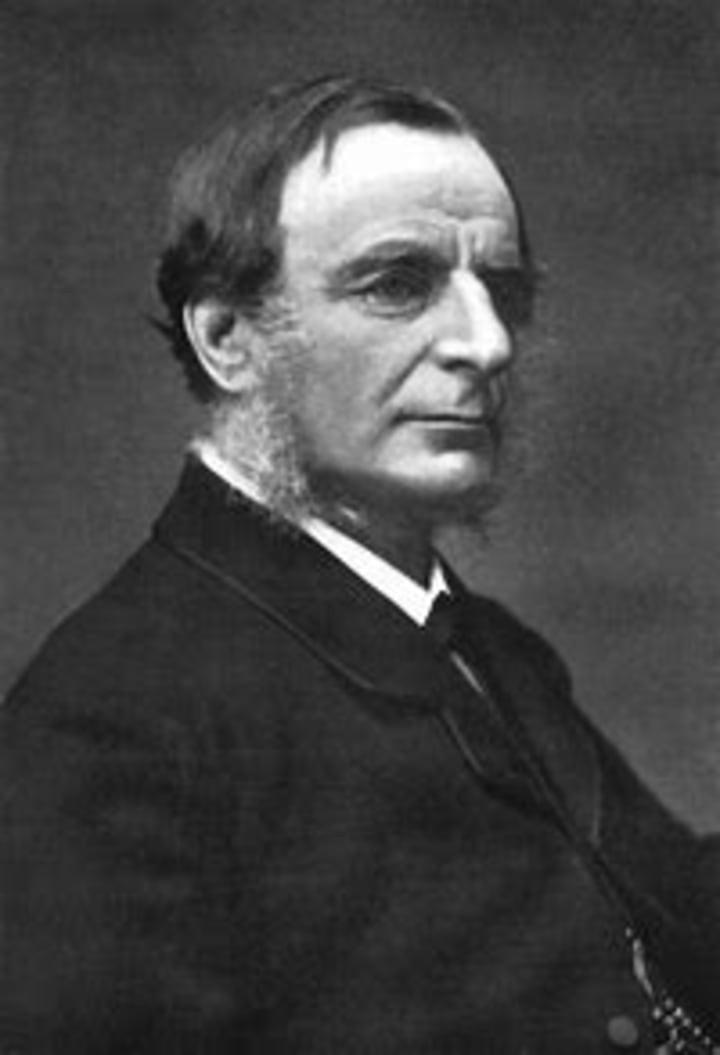
The author of “The Water Babies” was born in the vicarage at Holne, near Buckfastleigh on the edge of Dartmoor. He spent part of his childhood and adolescence at Clovelly, a picturesque village on the north coast of Devon, and in later life lived briefly at Torquay. He wrote part of his 1855 novel “Westward Ho!” during a short stay at Bideford (north Devon). When Victorian developers started to build a seaside village a few miles along the coast in 1865 they took the name of this popular novel for the village, which is thus the only place name in the United Kingdom that incorporates an exclamation mark.
Rudyard Kipling (1865-1936)
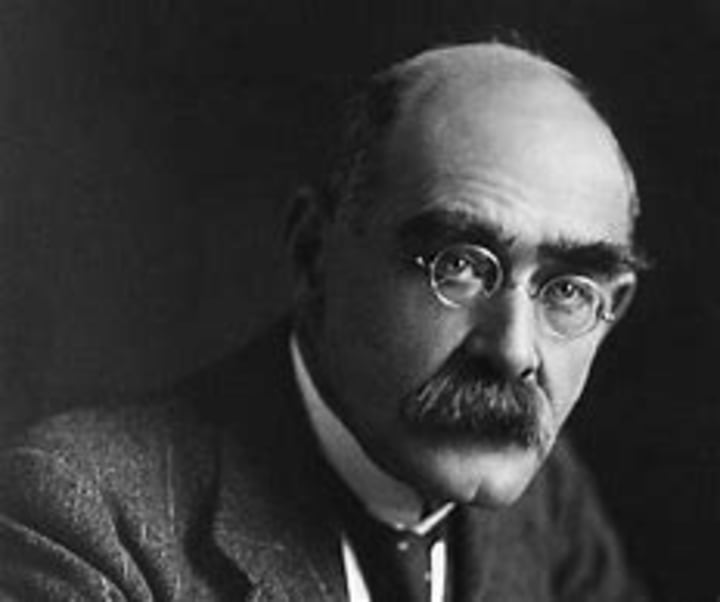
Although born in India, Kipling was educated at the United Services College at Westward Ho! from 1878 to 1882. His experiences inspired his collection of school stories entitled “Stalky and Co” (1899). A terrace of houses in the village was later renamed “Kipling Court” and an area of land close to the former school which features in “Stalky and Co” became “Kipling Tors”.
Flora Thompson (1876-1947)

Although her trilogy of novels published as “Lark Rise to Candleford” was based on her experiences as a young woman in the Oxfordshire countryside, she lived in Devon from 1928, firstly at Dartmouth and, from 1940 until her death, at Brixham. The three novels (plus her posthumously published “Still Glides The Stream”) were all written towards the end of her life, in Devon, and she regretted that success came too late for her to fully enjoy it, given her poor health.
Agatha Christie (1890-1976)
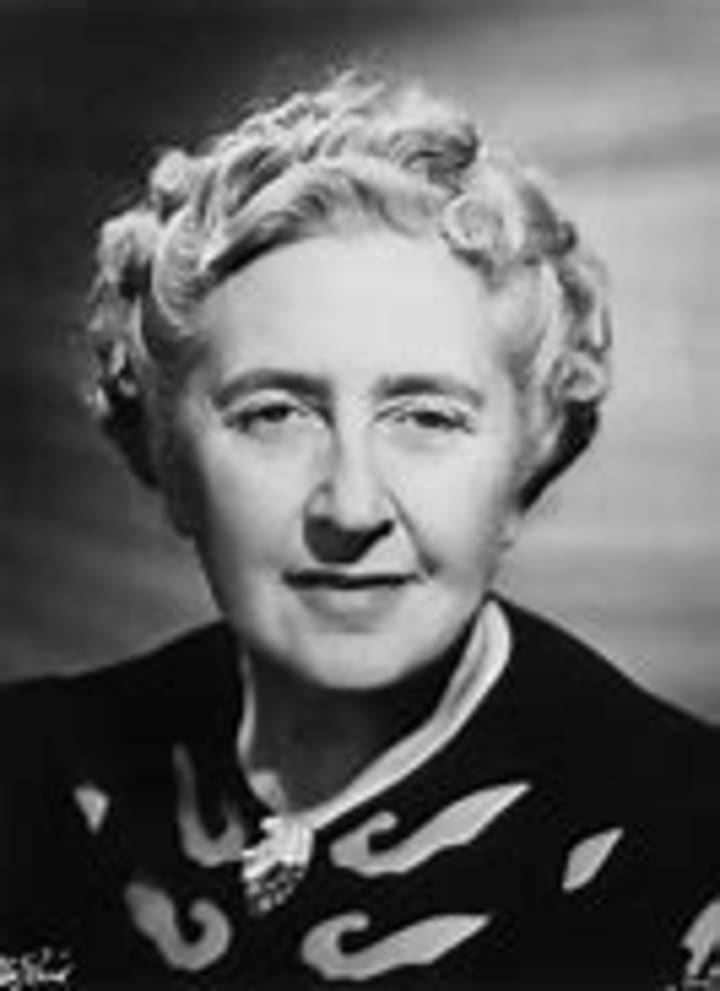
The mystery writer (known as “the queen of crime novelists”) was born in Torquay and brought up in a large house of a type, complete with tennis court and secluded gardens, that would feature prominently in her novels. During the First World War she worked as a volunteer at a local hospital, and observed the flood of refugees that came to the area after fleeing countries such as Belgium. Her most famous creation, the Belgian detective Hercule Poirot, doubtless owed much to these early experiences.
Jean Rhys (1890-1979)
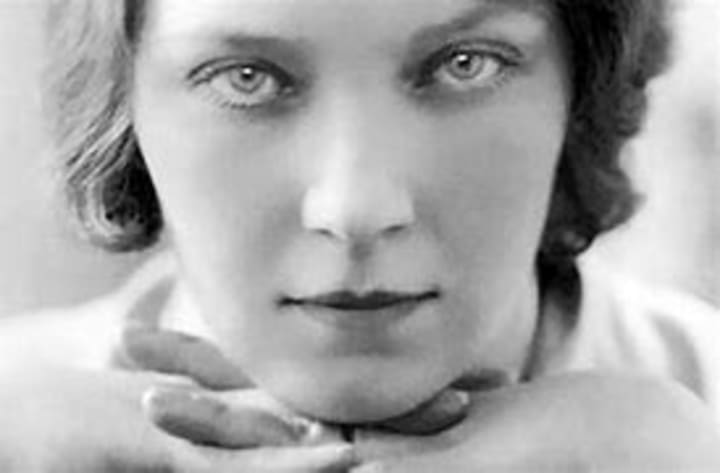
The Dominican born novelist spent the last 20 years of her life at Cheriton Fitzpaine near Crediton. Her move to this small village took her out of the public eye but she also found it difficult to settle in a place where she was not always on good terms with her neighbours, some of whom suspected her of being a witch! It was while living in Devon that she published her best-known work, “Wide Sargasso Sea” (1966) which is a “prequel” to Charlotte Bronte’s “Jane Eyre”.
Patricia Beer (1919-99)

The poet and critic was born in Exmouth and educated at Exmouth Grammar School and Exeter University. From 1964 until her death she lived in a Tudor farmhouse at Upottery in the Blackdown Hills to the north of Honiton. Devon was a continuing presence in her work, in poems such as “Mist in the Otter Valley” and her novel “Moon’s Ottery” (1978) which was set in Devon in Elizabethan times.
Ted Hughes (1930-98)
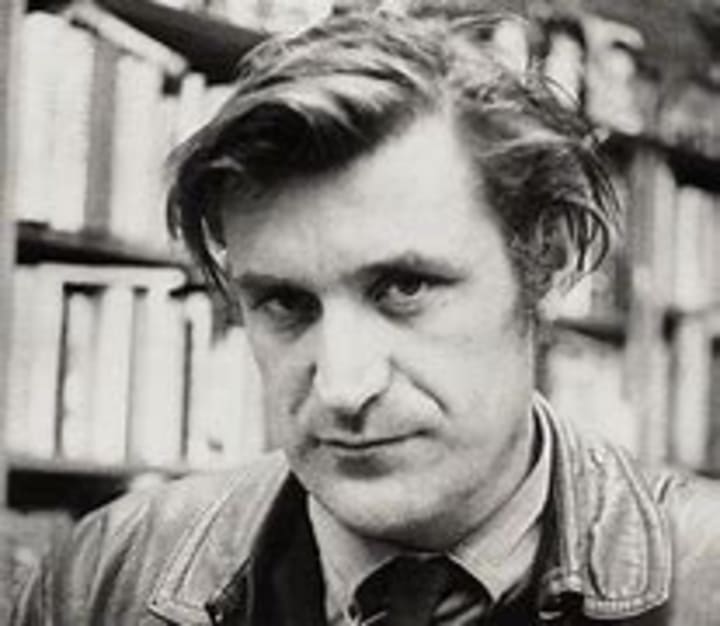
A Yorkshireman by birth, Ted Hughes bought a house (Court Green) at North Tawton in the heart of the county, to which he brought his new wife Sylvia Plath in 1961. At first the couple were happy and productive, both in terms of poetry and the birth of their son Nicholas. However, the marriage broke down when Hughes began an affair with Assia Wevill, who joined him at Court Green after Plath’s suicide in 1963. Hughes, who became Poet Laureate in 1984, kept the North Tawton house even after he remarried in 1970 and bought a house in West Yorkshire. His ashes were scattered on Dartmoor.
J K Rowling (born 1965)

The connection between Devon and the author of the “Harry Potter” novels is that she graduated in French and Classics at Exeter University in 1986. This acquaintance with Devon probably accounts for her placing the homes of several wizarding families in the county, including the Weasleys at “The Burrow” near “Ottery St Catchpole”, which is a clear reference to Ottery St Mary.
Mention should also be made of several very famous writers whose association with Devon was not particularly extensive but seems to have had an effect on their work.
One might start with Geoffrey Chaucer (c1340-1400) who is known to have visited Dartmouth on business and who probably modelled the Shipman of “The Canterbury Tales” on a major ship owner in the town.
Jane Austen (1775-1817) visited Teignmouth and Dawlish on holiday in 1802, and the latter town is mentioned in “Sense and Sensibility”.
Charles Dickens (1812-70) settled his parents in a cottage at Alphington near Exeter, in 1839, with a view to keeping his improvident father away from the means of getting into debt. He was already acquainted with Exeter, having found the original for the Fat Boy of “The Pickwick Papers” (1837) at the Turk’s Head Inn. A farm near Dawlish is the birthplace of the title character of “Nicholas Nickleby” (1838-9).
Henry James (1843-1916) was a regular visitor to Torquay, and began writing “The Spoils of Poynton” there.
Elizabeth Barrett (later Browning) (1806-61) lived at Sidmouth from 1832 to 1835, taken there by her father for the good of her health. While there she translated “Prometheus Bound” by Aeschylus.
However, one literary tour de force that has Devon at its core, and is possibly the best-known such work, was written by someone with no connection with the county at all. This is “The Hound of the Baskervilles” (1902), featuring Sherlock Holmes, by Sir Arthur Conan Doyle (1859-1930). Conan Doyle’s knowledge of Dartmoor, which is the wild and sinister setting of the story, and its legends, came from his young friend Bertram Fletcher Robinson, although Robinson did take Conan Doyle on a tour of the moor on one occasion.
From the above it can be seen that the many variations of scenery and mood offered by the county of Devon have led to literary results that are every bit as diverse.
About the Creator
John Welford
I am a retired librarian, having spent most of my career in academic and industrial libraries.
I write on a number of subjects and also write stories as a member of the "Hinckley Scribblers".






Comments
There are no comments for this story
Be the first to respond and start the conversation.